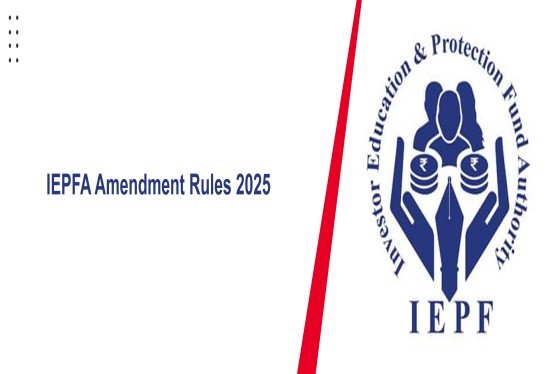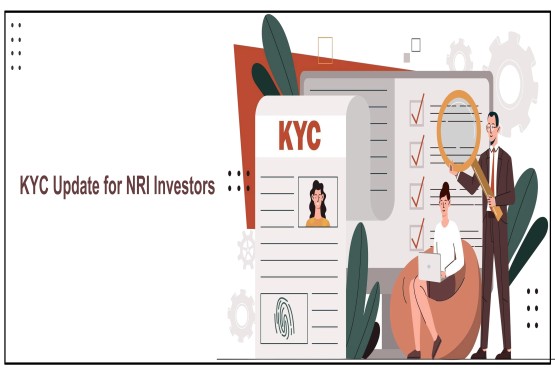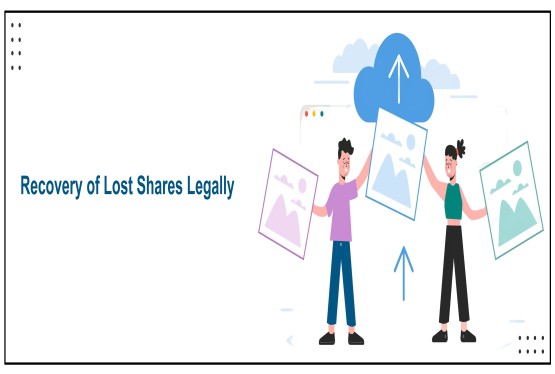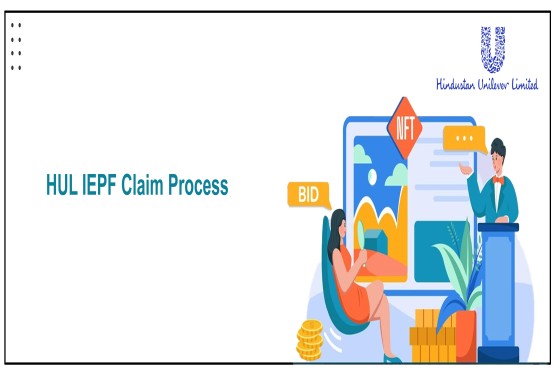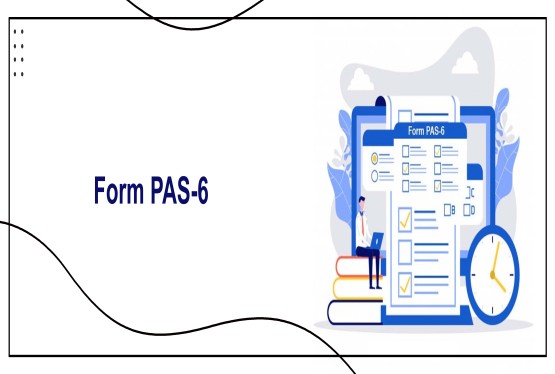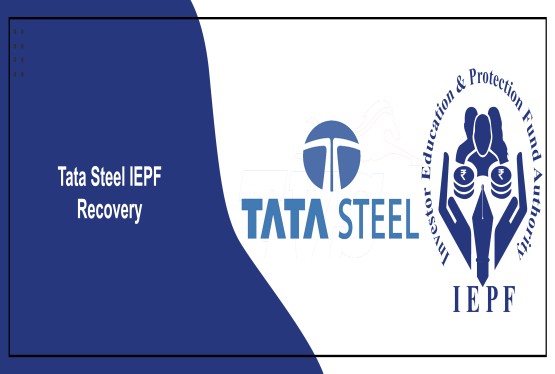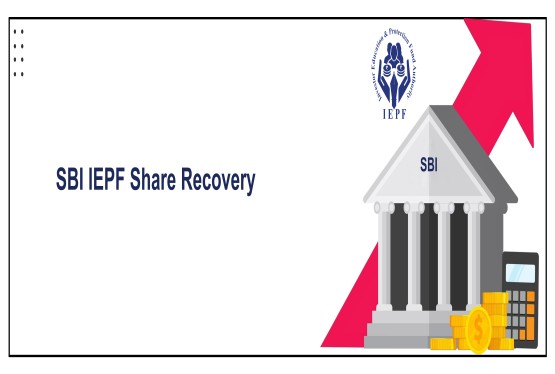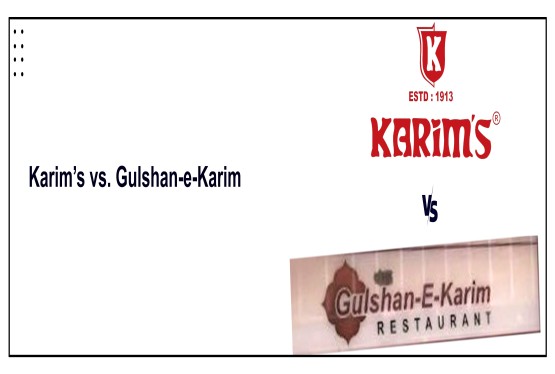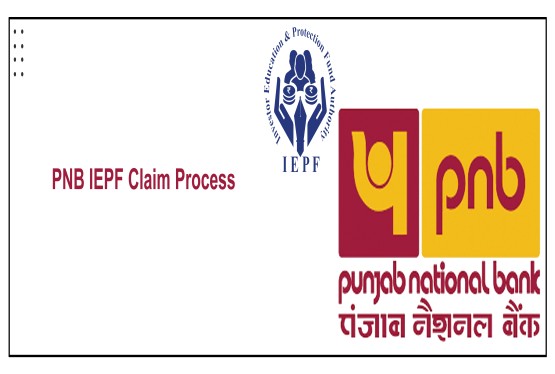The Directorate General of Foreign Trade (DGFT), under the Ministry of Commerce & Industry, Government of India, recently issued Notification No. 15/2025-26, dated May 26, 2025, announcing the removal of specific restrictions and testing requirements for the export of Finished Leather, Wet Blue Leather, El Tanned Leather, and Crust Leather. This change is expected to simplify the export process, reduce costs, and improve the ease of doing business for Indian leather exporters.
This article explains the notification in detail, including the legal basis, the conditions that are being revoked, and the impact this change will have on the leather export industry. Additionally, we will provide answers to frequently asked questions at the end to clarify common doubts.
Background of the Notification
The Government of India has consistently worked to make trade more efficient by reducing procedural bottlenecks and unnecessary regulatory requirements. The leather industry, being a significant contributor to India’s exports, has long been subject to certain port restrictions and testing protocols that were originally imposed through Public Notice 23(RE-2013)/2009-14 dated August 13, 2013. Over time, industry bodies and exporters raised concerns that these restrictions were outdated and were adding to the cost and time of exports without delivering proportionate benefits.
Recognizing this, the DGFT has now taken action under its powers conferred by the Foreign Trade (Development & Regulation) Act, 1992, and the Foreign Trade Policy (FTP) 2023, to remove these restrictions and streamline the export process.
Legal Framework
The notification is issued under:
-
Section 3 read with Section 5 of the Foreign Trade (Development & Regulation) Act, 1992, which gives the Central Government the authority to make provisions relating to the development and regulation of foreign trade by facilitating imports and increasing exports.
-
Para 1.02 and Para 2.01 of the Foreign Trade Policy (FTP) 2023, which allow the government to issue directives and remove or impose conditions as needed, depending on trade circumstances and the interests of Indian exporters.
By exercising these legal powers, the government has rescinded the earlier Public Notice 23(RE-2013)/2009-14, thereby eliminating the associated conditions.
What Exactly Has Been Removed?
The notification explicitly states that, with immediate effect, the following export conditions are revoked:
-
Port Restrictions on Export: Previously, exporters could only ship Finished Leather, Wet Blue Leather, and El Tanned Leather through specific ports designated by the government. These port restrictions often resulted in additional transportation costs, delays, and logistical hurdles. With the removal of this condition, exporters can now choose any port across India that suits their business needs, reducing costs and improving turnaround times.
-
Requirement for Testing and Certification by CLRI: Exporters were earlier required to submit samples of their leather products (Finished Leather, Wet Blue Leather, Crust Leather, and El Tanned Leather) to the Central Leather Research Institute (CLRI) for testing and certification before exporting. While this was intended to ensure product quality and meet international standards, it became an additional procedural step that many exporters found burdensome. The new notification eliminates the mandatory testing and certification requirement by CLRI, thereby simplifying the documentation and clearance process for exports.
Immediate Effect of the Notification
The notification takes effect immediately, meaning exporters no longer need to wait for further instructions or approvals. This is a welcome relief for businesses engaged in leather exports, who can now:
-
Avoid port-based restrictions.
-
Reduce logistical costs.
-
Save time by eliminating mandatory testing and certification.
-
Expedite order fulfillment and improve delivery timelines.
By removing these procedural barriers, the government is signaling its commitment to boosting the competitiveness of the Indian leather sector on the global stage.
Why Did the Government Take This Step?
Several reasons explain why the government decided to remove these restrictions:
-
Improved Industry Standards: Over the years, the leather industry in India has improved its production processes and quality standards significantly. As a result, mandatory pre-export testing by CLRI may no longer be essential.
-
Reducing Costs: Exporters faced additional expenses in the form of testing fees, transportation to specific ports, and associated handling charges. Removing these requirements reduces the overall cost of doing business.
-
Enhancing Ease of Doing Business: One of the key priorities of the Indian government is to improve its ranking in global ease-of-doing-business indices. Simplifying trade procedures directly contributes to this objective.
-
Supporting MSMEs: Many leather exporters are small or medium enterprises (MSMEs) that operate on thin margins. The removal of unnecessary requirements helps such businesses compete better internationally.
Impact on the Leather Export Industry
The leather sector has long been a important part of India’s export economy, employing millions and generating substantial foreign exchange. With the implementation of this notification, the following positive impacts are expected:
-
Increased Export Volumes: Simplified procedures encourage exporters to process more orders, thus increasing India’s overall leather export volumes.
-
Enhanced Global Competitiveness: Reduced costs and faster turnaround times make Indian leather products more attractive to global buyers, especially in price-sensitive markets.
-
Encouragement for New Exporters: Startups and new exporters who were previously hesitant due to the bureaucratic complexities may now find it easier to enter international markets.
-
Boost to Supporting Industries: Ancillary industries, such as logistics, packaging, and freight services, will also benefit from increased export activities.
Continued Importance of Quality
While the government has removed the mandatory testing requirement, it does not mean exporters should neglect product quality. Global buyers often have their own standards and requirements, and failing to meet them can lead to reputational damage and loss of business.
Exporters are strongly advised to maintain:
-
Internal Quality Checks: Use in-house testing labs or third-party certification agencies to ensure products meet international standards.
-
Compliance with Buyer Specifications: Understand and follow the specific requirements laid out by buyers or importing countries.
-
Sustainability and Ethical Standards: Global markets are increasingly demanding sustainable and ethically produced leather. Companies should continue investing in eco-friendly processes and transparent supply chains.
Future Outlook
The notification marks a significant step toward trade liberalization in the leather sector. However, exporters must stay alert to:
-
Future Policy Updates: The government may issue new guidelines or standards based on evolving international trade dynamics or domestic concerns.
-
Global Trade Conditions: Changing international regulations, such as environmental standards or trade tariffs, can affect export strategies.
-
Technological Advancements: Exporters should leverage innovations like digital tracking, supply chain management tools, and online platforms to maximize their gains from these regulatory changes.
Conclusion
The removal of port restrictions and mandatory testing requirements marks a major advancement for the Indian leather industry. It reflects the government’s confidence in the industry’s maturity and its commitment to facilitating smoother international trade. Exporters, particularly small and medium-sized players, stand to gain significantly through cost savings and faster operational timelines.
However, this change also places greater responsibility on exporters to self-regulate their quality standards, ensure compliance with international buyer expectations, and adopt best practices. As India continues to position itself as a global leather export hub, such policy measures will play a key role in enhancing competitiveness, innovation, and sustainable growth.
Frequently Asked Questions (FAQs)
Q1. What does Notification No. 15/2025-26 remove?
Ans. The notification removes port restrictions and the mandatory requirement of testing and certification by the Central Leather Research Institute (CLRI) for exporting Finished Leather, Wet Blue Leather, Crust Leather, and El Tanned Leather.
Q2. Which earlier public notice is now rescinded?
Ans. The DGFT has rescinded Public Notice 23(RE-2013)/2009-14 dated August 13, 2013.
Q3. What legal provisions empower the government to issue this notification?
Ans. The notification is issued under Section 3 and Section 5 of the Foreign Trade (Development & Regulation) Act, 1992, and Para 1.02 and 2.01 of the Foreign Trade Policy 2023.
Q4. When does the notification come into effect?
Ans. The notification is effective immediately, meaning exporters can benefit from the relaxed conditions right away.
Q5. Do exporters still need to ensure product quality?
Ans. Yes. Although CLRI certification is no longer mandatory, exporters must still ensure that their products meet buyer requirements and international quality standards.
Q6. Which products are affected by this notification?
Ans. The products affected include Finished Leather, Wet Blue Leather, Crust Leather, and El Tanned Leather.
Q7. Can exporters now use any port for shipping leather goods?
Ans. Yes. The removal of port restrictions means exporters can ship from any Indian port that fits their logistical needs.
Q8. How does this change benefit small exporters?
Ans. Small and medium-sized exporters will benefit from reduced procedural costs and simplified processes, making it easier for them to compete internationally.
Q9. Will the government monitor exports despite removing these requirements?
Ans. While the specific conditions are removed, the government still retains oversight powers and can implement quality control measures or inspections as needed.
Q10. Where can I get more details or clarification?
Ans. Exporters can reach out to the Directorate General of Foreign Trade (DGFT) at dgft@nic.in for further clarifications or assistance.

_crop6_thumb.jpg)









































































_crop10_thumb.jpg)




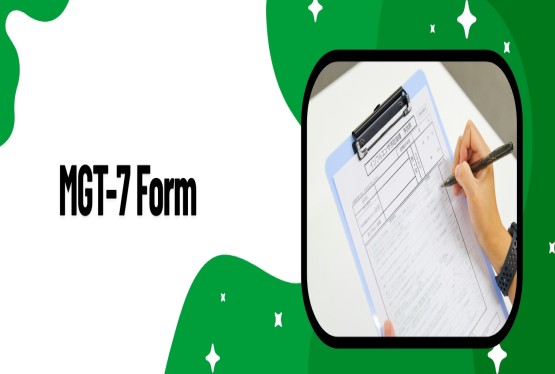





























































_crop10_thumb.jpg)
_crop10_thumb.jpg)



_crop10_thumb.jpg)


_crop10_thumb.jpg)





_crop10_thumb.jpg)

_crop10_thumb.jpg)














-suratgujarat-section-158_crop10_thumb.jpg)
-suratgujarat_crop10_thumb.jpg)
-(33)_crop10_thumb.jpg)



-ahmedabad_crop10_thumb.jpg)
-learn_crop10_thumb.jpg)

-learnn_crop10_thumb.jpg)



























































_crop10_thumb.jpg)






















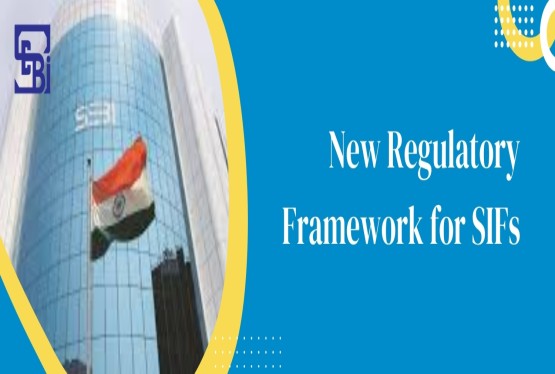
_Guidelines_learn_crop10_thumb.jpg)























_learn_crop10_thumb.jpg)
_crop10_thumb.jpeg)














_Second_Amendment_Rules,_2025_learn_crop10_thumb.jpg)







_learn_crop10_thumb.jpg)






















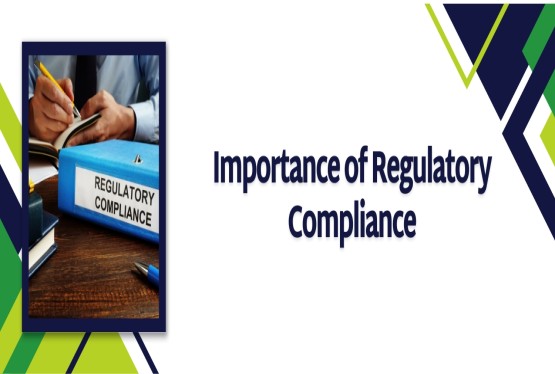








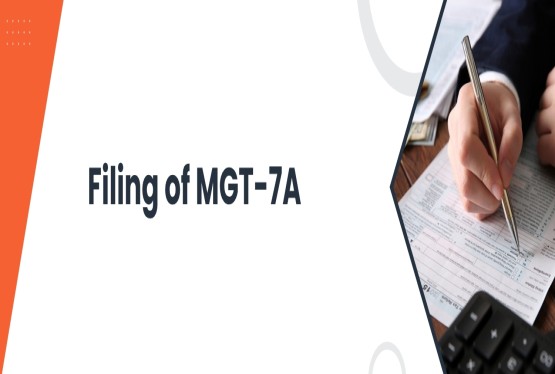
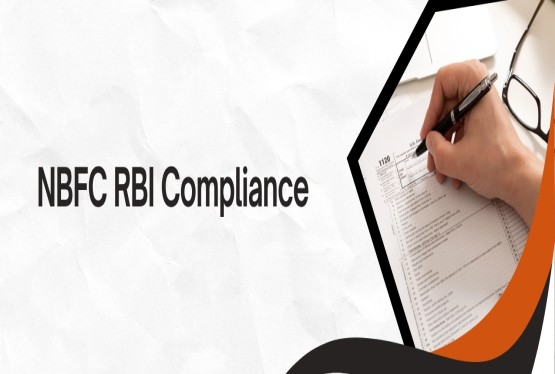





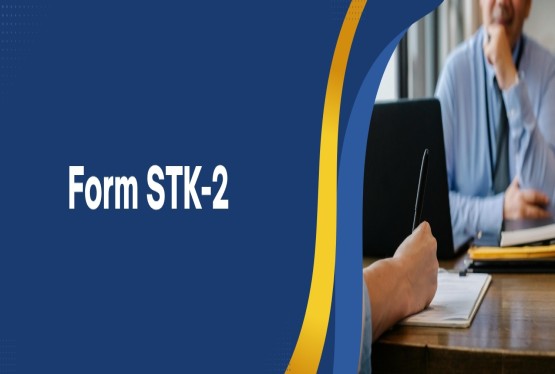
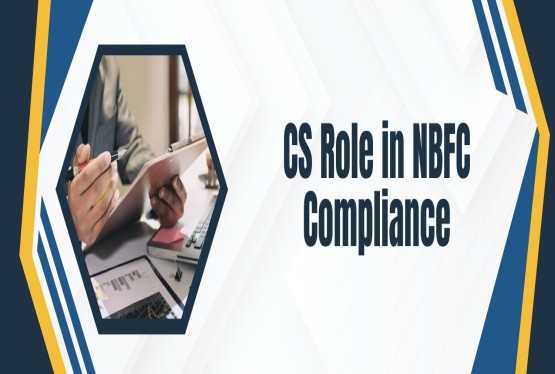




_learn_crop10_thumb.jpeg)

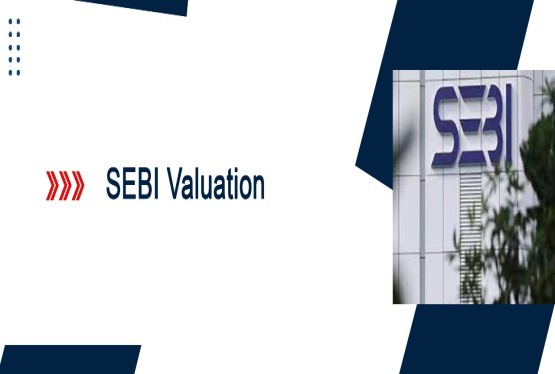


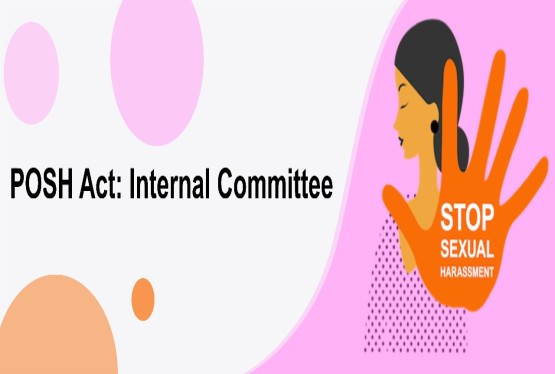
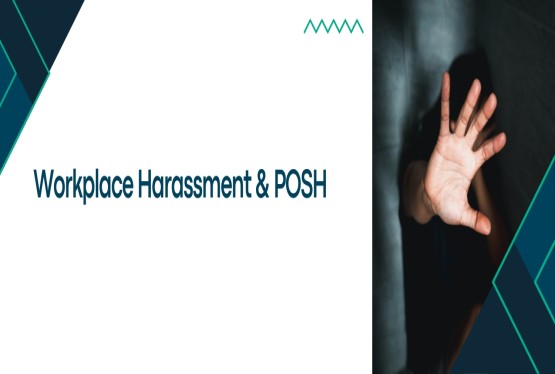



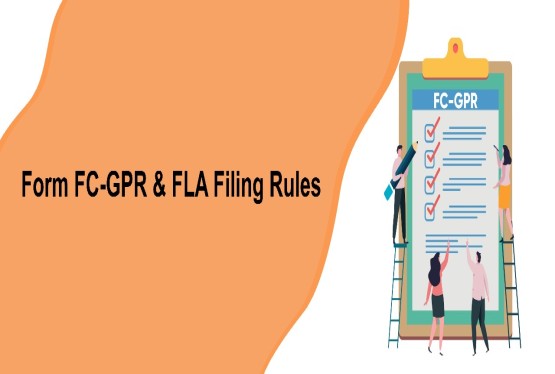
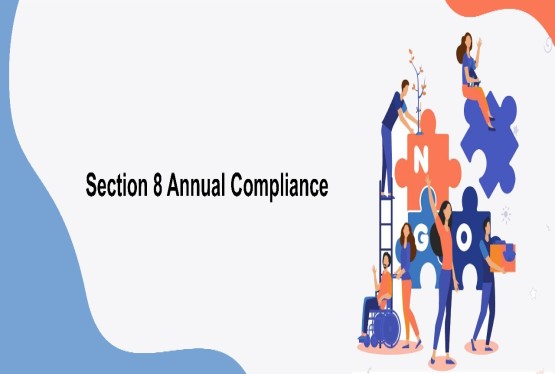
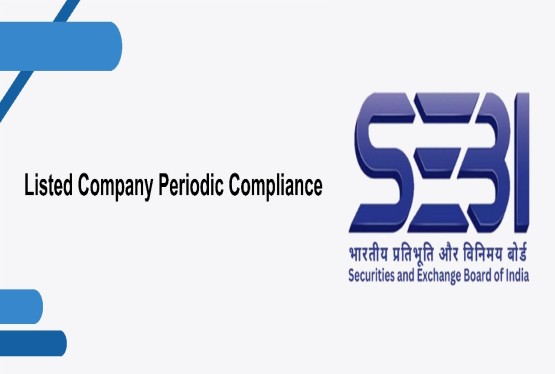

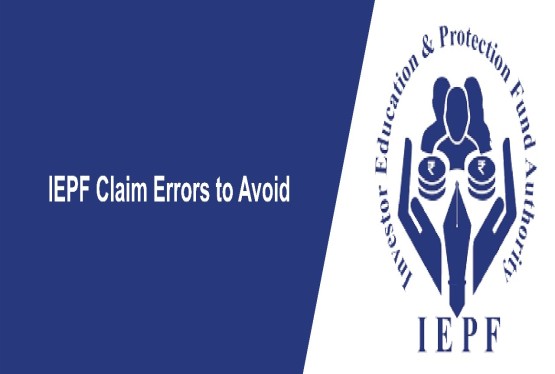
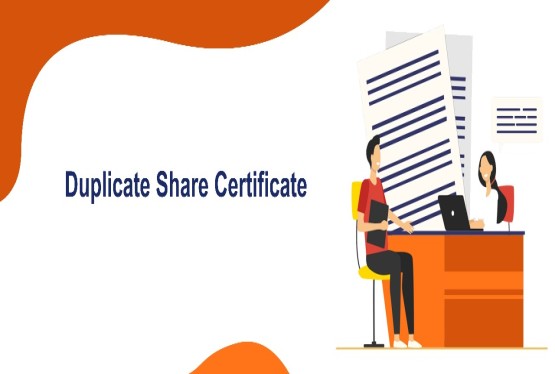

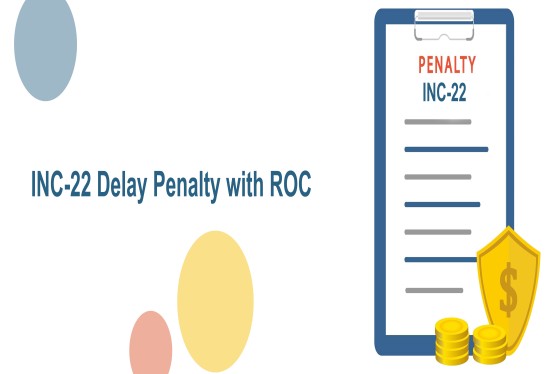


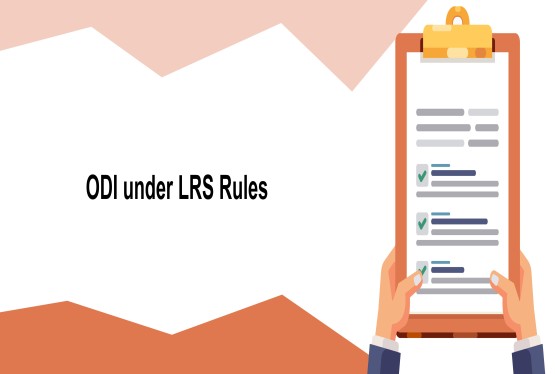
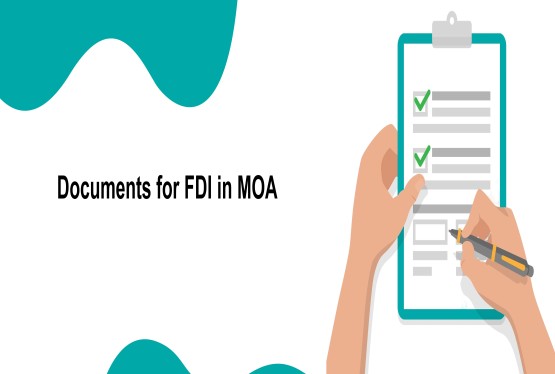
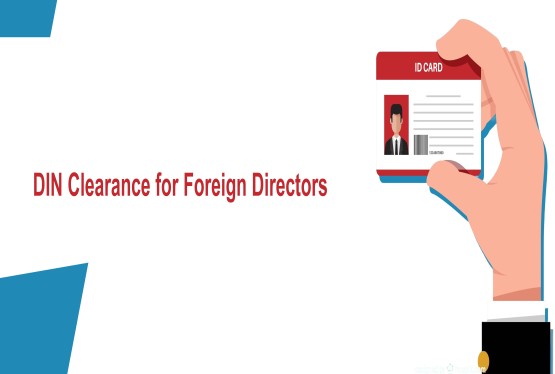

_learn_crop10_thumb.jpg)
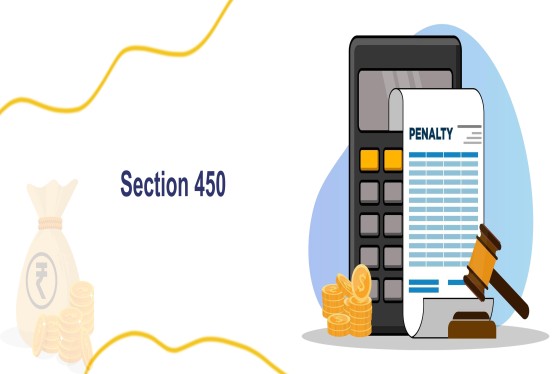
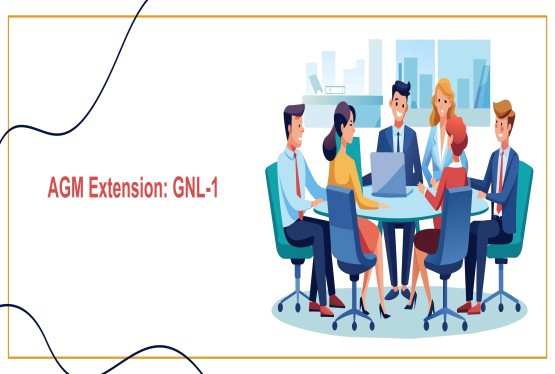
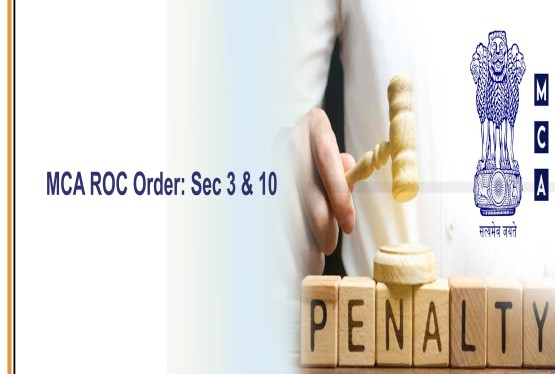
_rd_roc_learn_crop10_thumb.jpg)
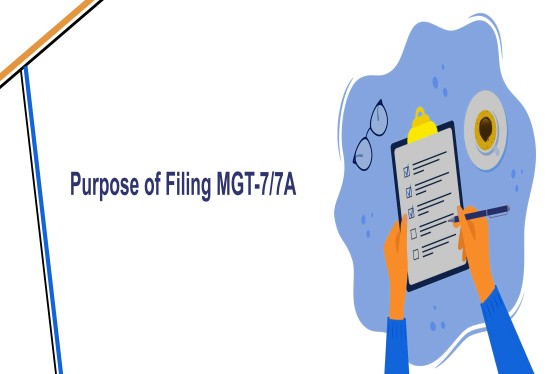

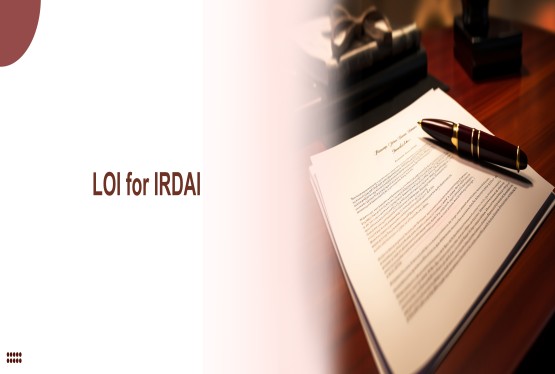

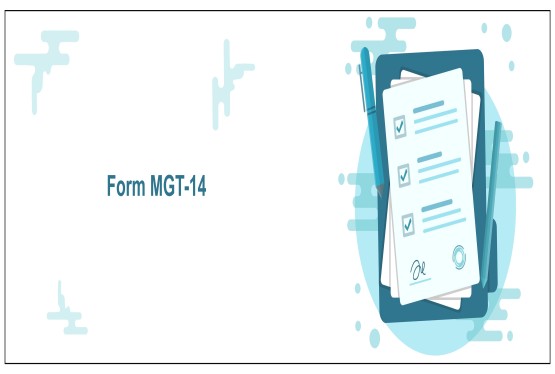
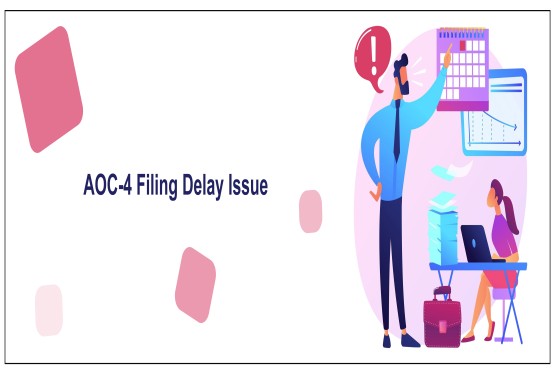
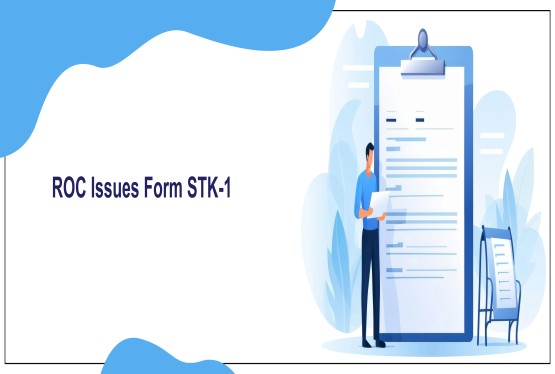



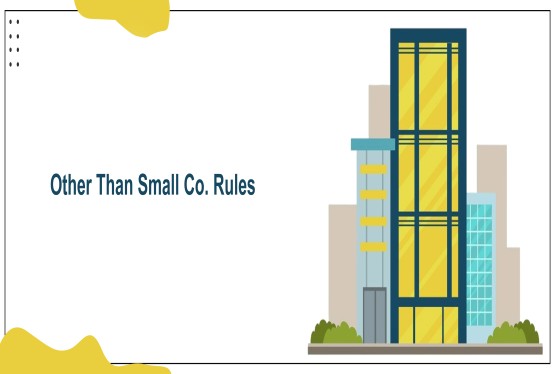


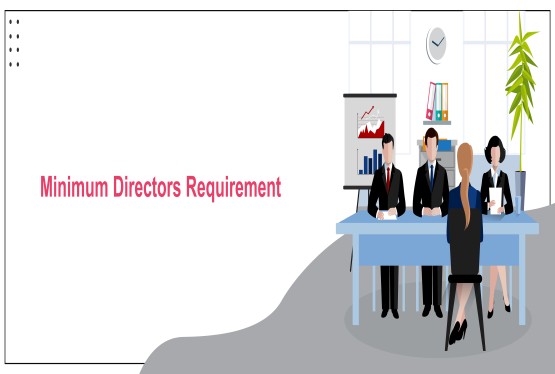

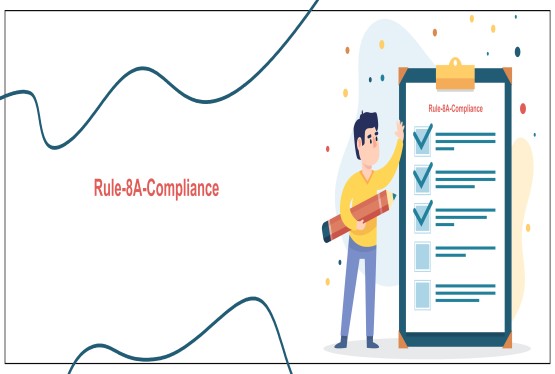
_learn_crop10_thumb.jpg)
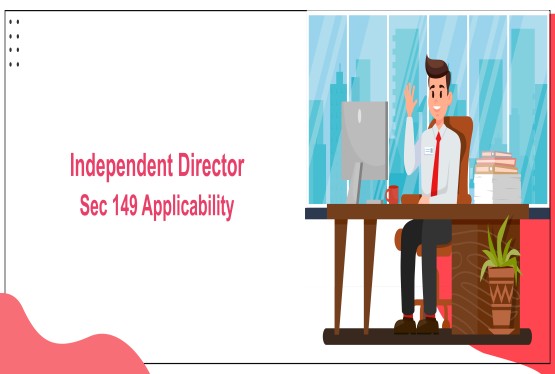
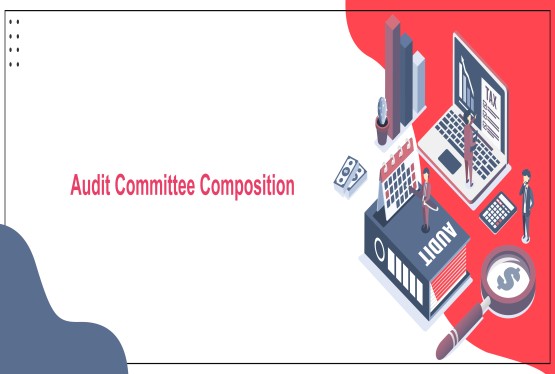
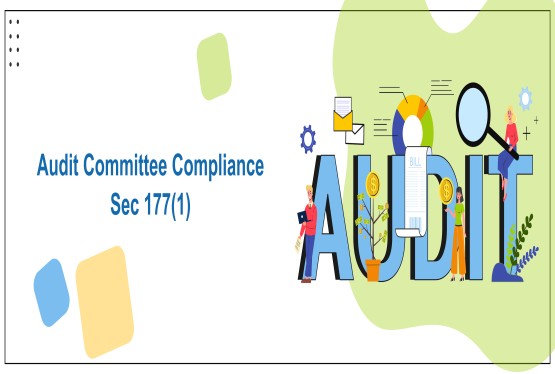



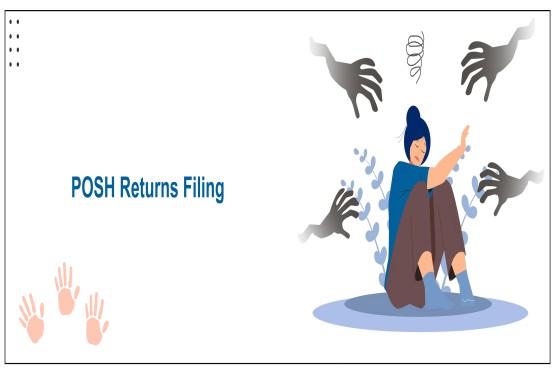
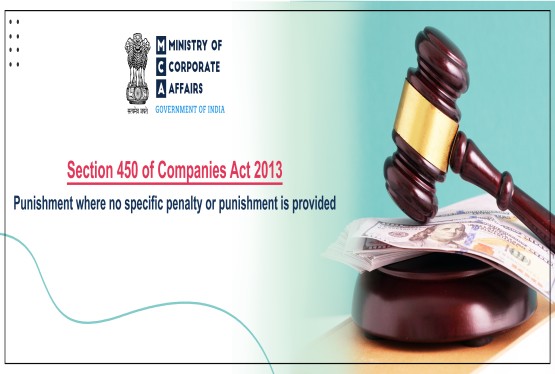

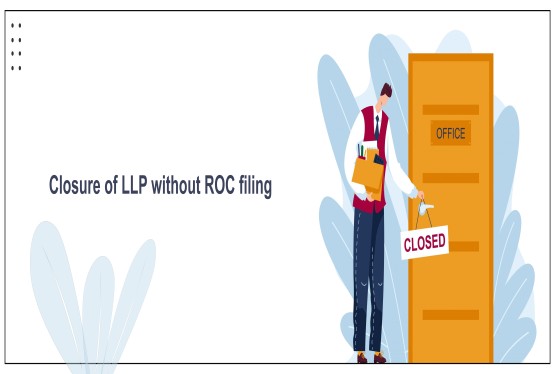
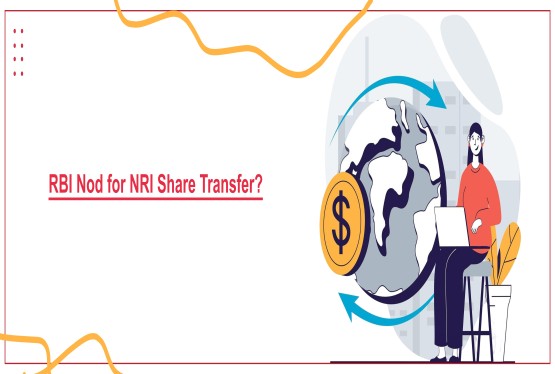

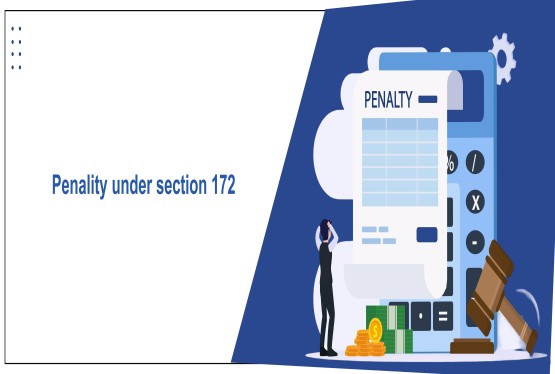
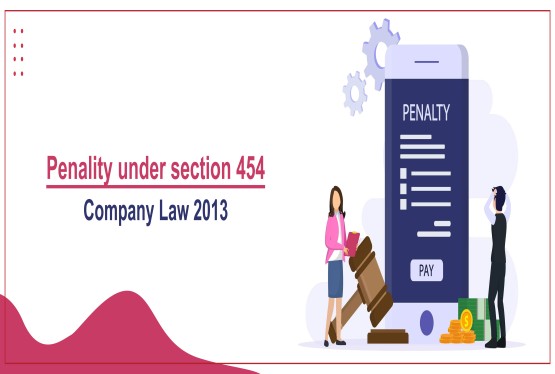
_learn_crop10_thumb.jpg)
_Learn_crop10_thumb.jpg)


